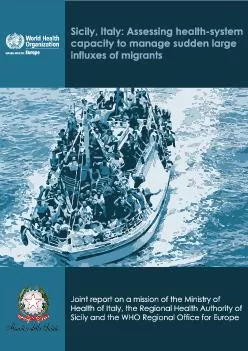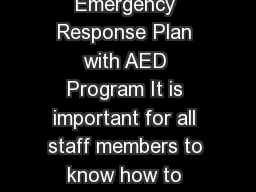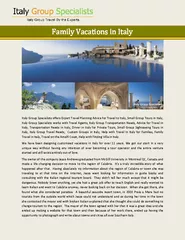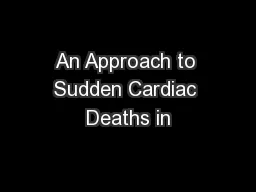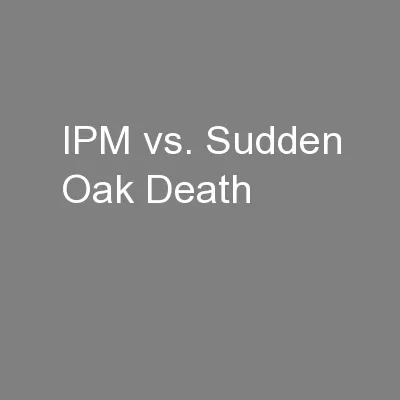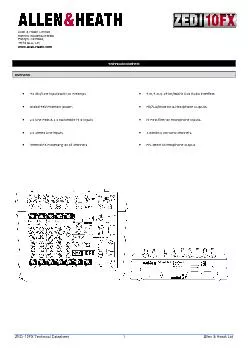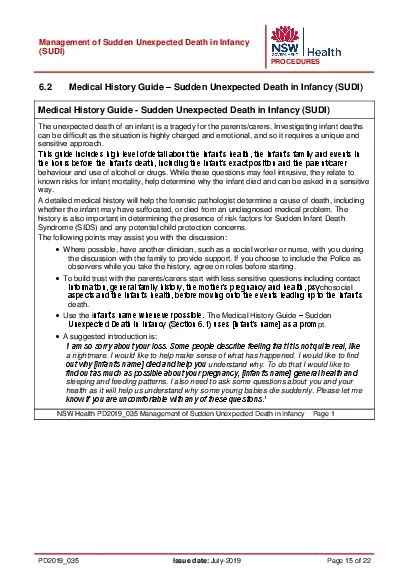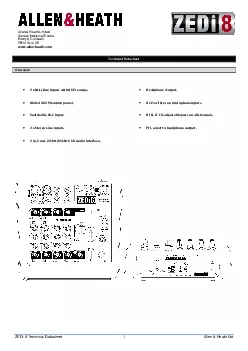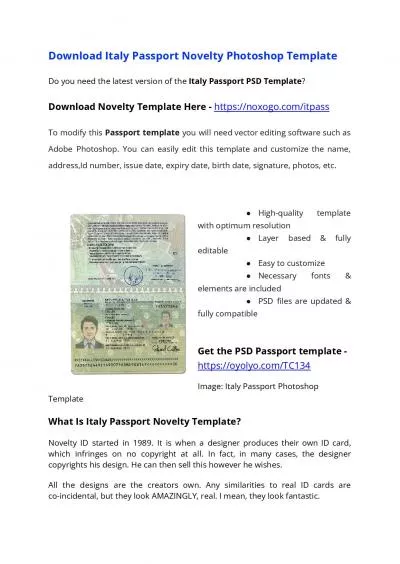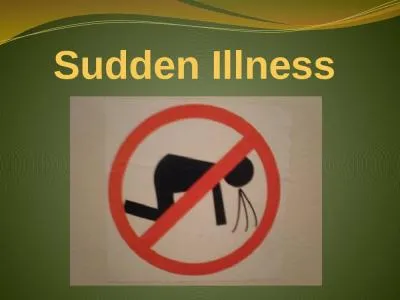PDF-SICILY, ITALY: ASSESSING HEATH-SYSTEM CAPACITY TO MANAGE SUDDEN LARGE
Author : calandra-battersby | Published Date : 2015-08-15
to manage sudden large inx0066006Cuxes of migrantsJoint report on a mission of the Ministry of Health of Italy and the WHO Regional Ofx0066006Cce for Europe SICILY
Presentation Embed Code
Download Presentation
Download Presentation The PPT/PDF document "SICILY, ITALY: ASSESSING HEATH-SYSTEM CA..." is the property of its rightful owner. Permission is granted to download and print the materials on this website for personal, non-commercial use only, and to display it on your personal computer provided you do not modify the materials and that you retain all copyright notices contained in the materials. By downloading content from our website, you accept the terms of this agreement.
SICILY, ITALY: ASSESSING HEATH-SYSTEM CAPACITY TO MANAGE SUDDEN LARGE: Transcript
Download Rules Of Document
"SICILY, ITALY: ASSESSING HEATH-SYSTEM CAPACITY TO MANAGE SUDDEN LARGE"The content belongs to its owner. You may download and print it for personal use, without modification, and keep all copyright notices. By downloading, you agree to these terms.
Related Documents

